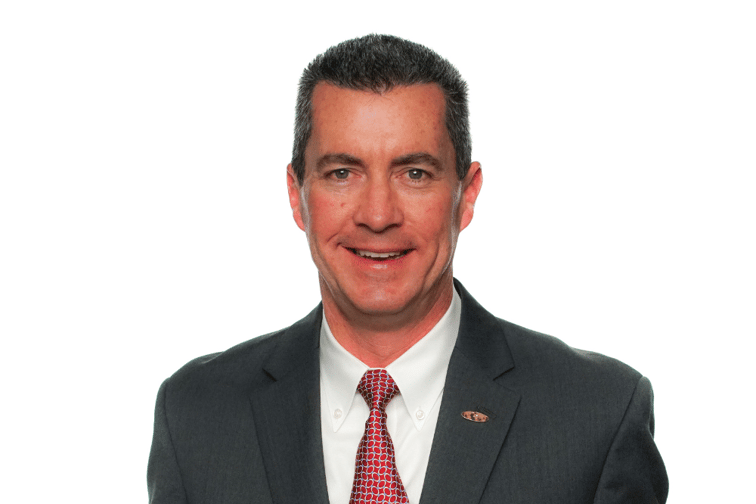

According to a report by Forrester, claims management systems were the third most frequently mentioned insurance core capabilities likely to receive investment increases in the coming year. The market research company also found that 29% of companies have planned more funding for claims management systems into 2023.
It is understandable why insurers want to put more money into claims management – because as the number of insured risks rises, the volume and severity of claims are sure to follow. And 2022 has been nothing but a series of mounting risks, one after the other. This year’s incoming hurricane season has experts concerned that it would be a particularly active one, and the insurance industry has been scrambling to get its affairs into order before the next named major storm makes landfall.
But how does claims management adapt to meet these rising challenges? Ken Tolson (pictured), president of network solutions at Crawford & Company, explained to Insurance Business how the claims management industry has adapted to the pandemic and is preparing for the figurative and literal storm ahead. For Tolson, claims management firms need not adopt every technology there is to meet these challenges, but they need to have the best tools at hand in order to better serve insurers.
I am the president of network solutions which includes our CAT, ManCAT, scalable desk operations that support those capabilities, as well as our digital solutions set that includes our digital desk application. I’ve held many roles in my 32+ year career at Crawford – I spent most of my time in P&C claim operations but have had stints in technology and our TPA operations running our accident and health practice.
It’s no secret that the pandemic accelerated the demand for virtual claims handling. However, with the demand already there and the appetite for innovation in this space, the pandemic simply increased the urgency. Frankly, this is why most carriers and claim handlers were able to adapt very quickly. The concepts of self-service, on-demand resources, interior and exterior 3D modeling, aerial Pictometry and image stitching all pre-dated the pandemic, but the investment and mainstreaming of these solutions became a real priority when the lockdowns began. Furthermore, we’ve seen tremendous investment in these technologies that is accelerating the pace of change and capability.
Absolutely. Like others, we are partnering with key digital solution providers and embedding them into our ecosystem to drive utilization and adoption. The industry is moving beyond isolated use tools and shifting to the digitalization of the entire claim process, from FNOL and claim triage and severity segmentation to digital communication and interaction capabilities, all the way through payment of the claim. What was previously thought of as too complex and too many variables in terms of the claims process, now with the help of A/I and machine learning the ability to process so many more data points allowing for that complexity to be minimized.
Like any technology, the challenge is adaptability and the ability to ‘plug in’ new technologies. I’m a big believer in the saying I learned while working in IT a number of years ago – ‘Build tents, not pyramids’. It is vital for any organization to be able to plug in disruptive technologies and experiment in order to bring the best tools to their customers. We pride ourselves on our open approach to the market and our partners quickly experimenting and testing so that we can share that market awareness with our customers. Not that we adopt every technology that comes along, but we certainly are very familiar. Bottom line is agility for those legacy systems – and you will find that any new digital solution coming on to the market today knows they have to be able to plug in and make that easy for the customer.
That’s really all we do the first half of the year – prepare. I would boil the industry response down to these three things:
